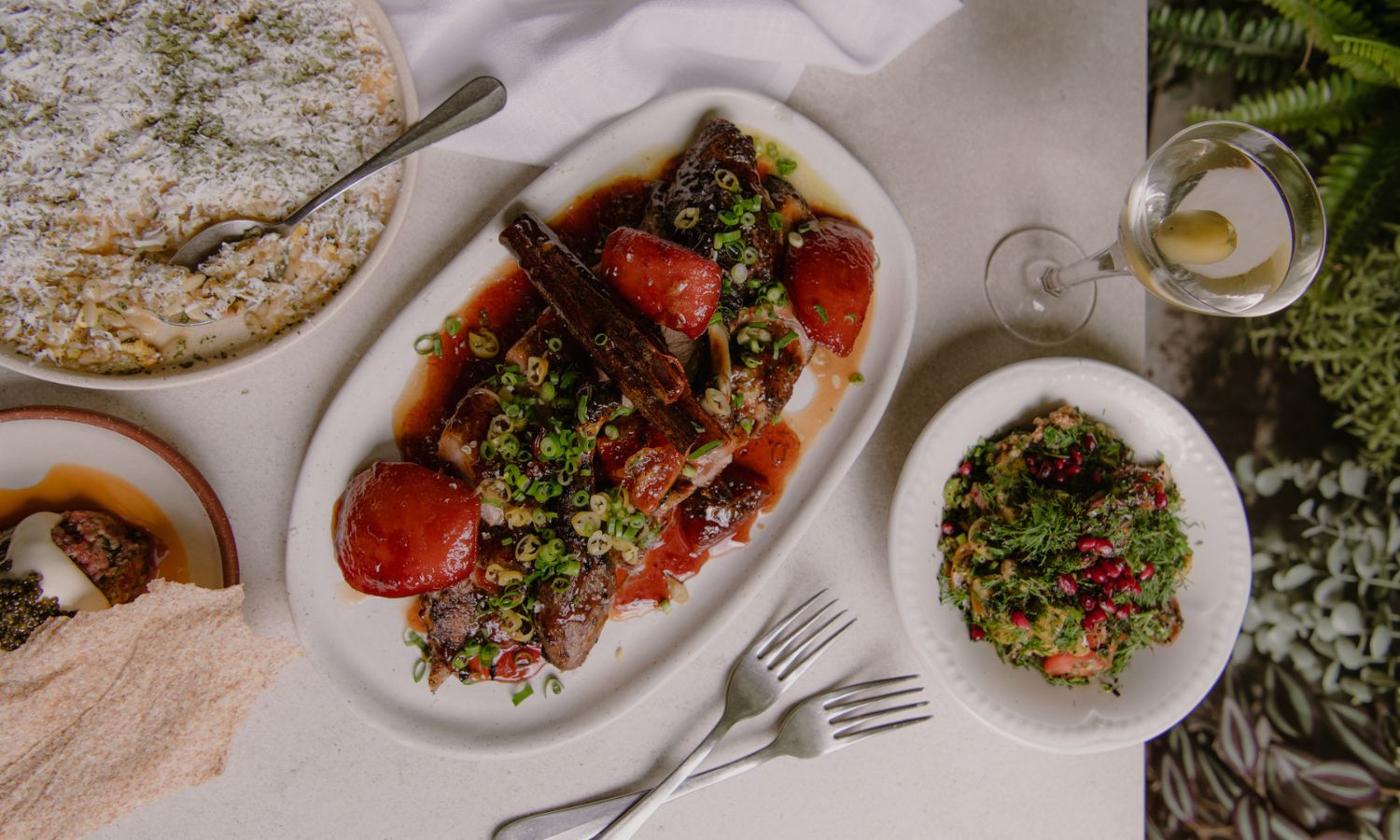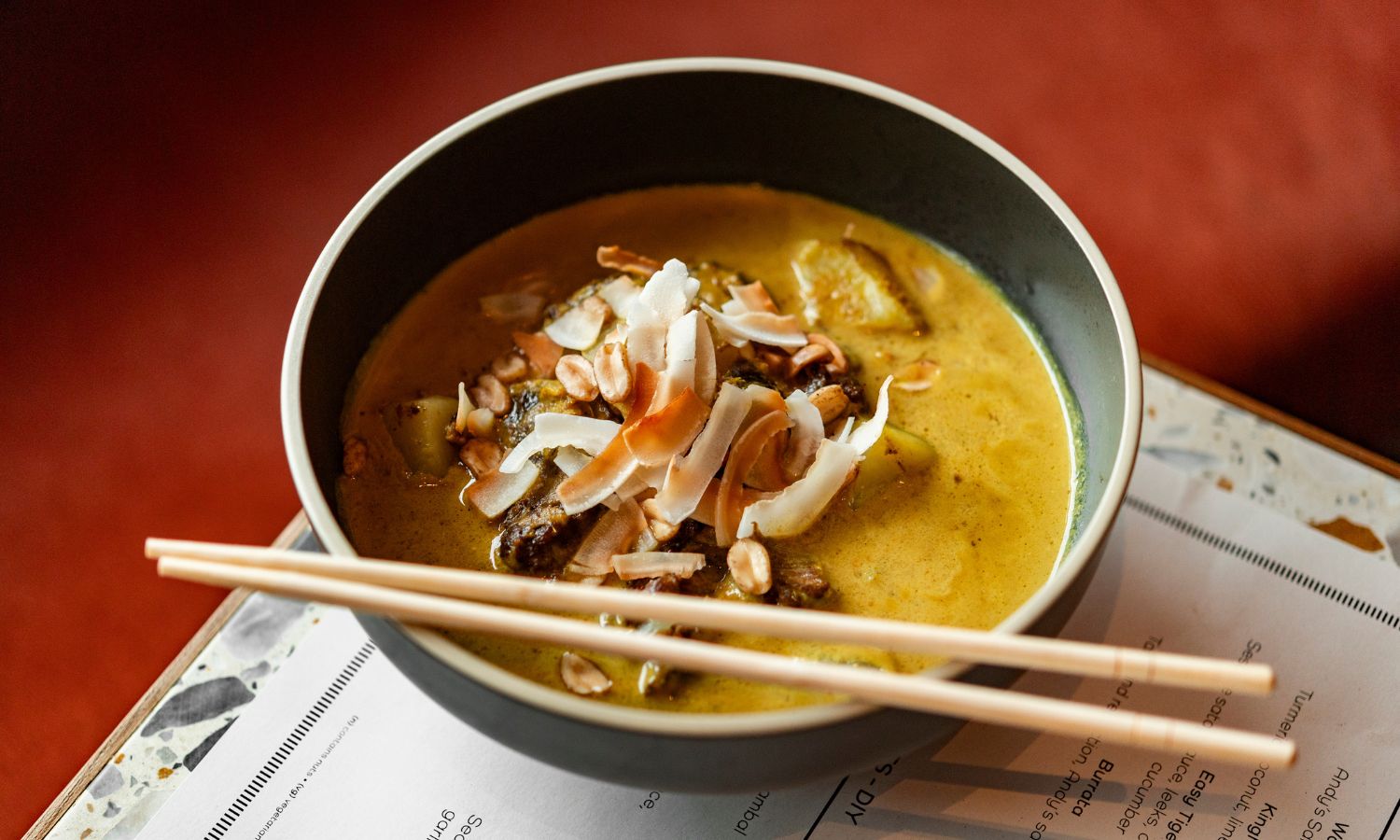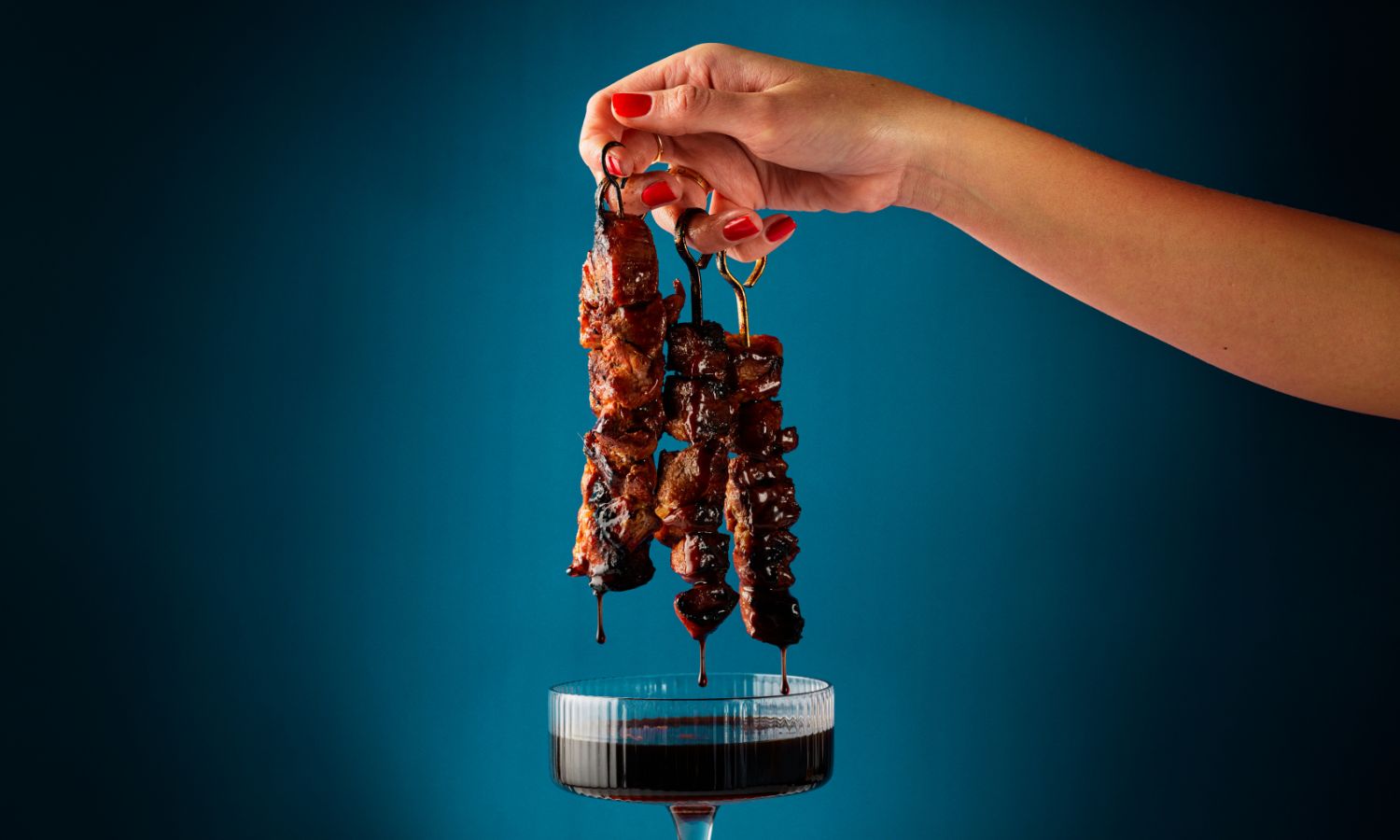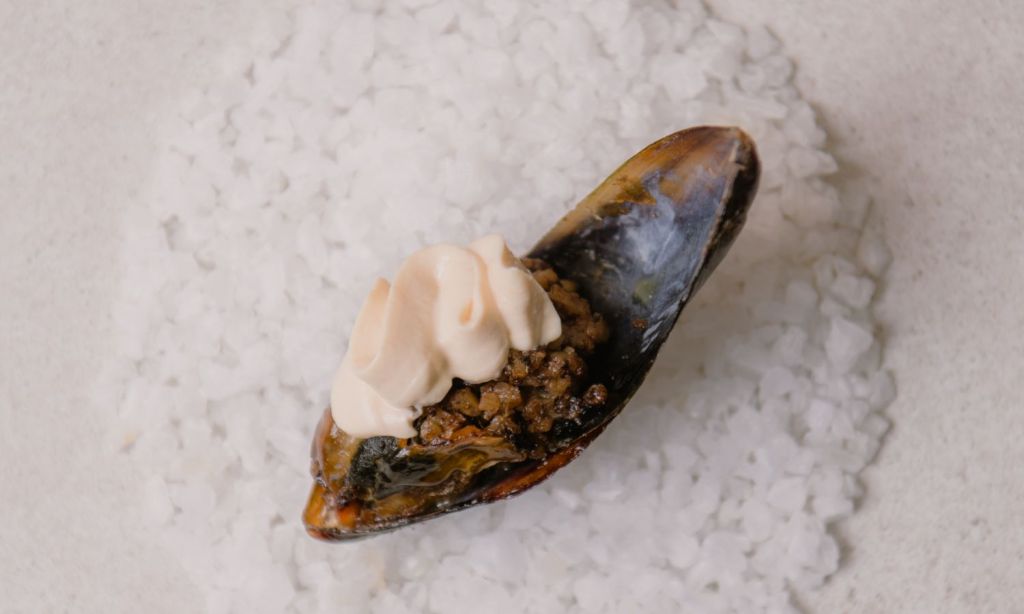A restaurant manager recently told me that compared to Americans, Australians are less open to trying new cuisines. Geraint Coles, group general manager of Sydney restaurants Franca, Armorica and Parlar, said many Australians think narrow-mindedly about cuisines — but that’s slowly changing.
“It limits the opportunity for people to drive a cuisine in a new direction,” Coles said.
It got me thinking: how open are we to trying new cuisines? Coles said our hospitality industry’s massive growth and expansion in the last generation has led to a more exploratory attitude. But are we becoming open enough? And what are the consequences if we aren’t willing to be adventurous in our eating?
Ibrahim Kasif, newly appointed head chef at Sydney’s Nour, says while some less common international dishes may be tricky to introduce into our dining scene, for the most part, he considers Australians highly receptive to new cuisines.

“Our cuisine reflects a melting pot of multicultural influences,” Kasif says. “Southeast Asian cuisine, once considered a ‘cheap eat’ has been elevated to fine dining by innovative chefs. Similarly, Middle Eastern and Mediterranean food in Australia is now common. Ingredients like za’atar, halloumi and baba ghanoush are now well-known.”
A decade ago, we had many fine dining and cheap eats but few options in between. Kasif says he’s noticed the middle-market restaurant sector expand. He’s also noticed Australian dining shift its focus from mainly French, Italian or ‘modern Australian’. This has played into our being more open to trying new cuisines.
Andrianto Wirya, executive chef of Sydney’s Easy Tiger, agrees Australia currently has many cuisines that reflect its many communities. He considers Sydneysiders in particular an adventurous bunch when it comes to food, most recently seen in the popularity of venues experimenting with Southeast Asian including Ho Jiak’s take on Malaysian street food and Tita in Marrickville which serves Filipino.
Despite our openness, Wirya, like Coles, says it can be challenging in Australia for chefs to shift perceptions of certain cuisines — particularly for dishes with fermentation or unfamiliar seasonings.
“I think it often comes down to the fact that many people aren’t exposed to these flavours in their everyday lives,” he says. “That’s where we, as chefs, come in. It’s up to us to thoughtfully introduce these tastes through a well-crafted menu. We need to make sure when we’re designing our menus, the dishes resonate with our audience.”

To do this, Wirya says chefs need to be open to constructive feedback at every turn. Genuine input from guests can help chefs grow and evolve. Later this year, Wirya will open Sydney restaurant Island Radio where he will introduce diners to Southeast Asian flavours not explored in Australia as often. They include dishes from Indonesia, Singapore, Malaysia and the Philippines.
“We’re inviting diners to delve deeper into the region’s offerings,” he says. “Two of the focuses will be noodles and grilled skewers, which are well-loved. We’re using them as a gateway to showcase new flavour profiles that might be less familiar.”
Kasif notes a few factors that have made us more open to trying new cuisines. On top of having a multicultural society, we’re also more educated and adventurous thanks to increased international travel and social media. Kasif also notes new waves of migration from South Korea, South Africa and countries in South America.

“These influences have continued to broaden our culinary landscape and elevate our collective knowledge,” he says.
My take? If we aren’t open to trying new foods and thinking about cuisines we might already be familiar with in a different way, we risk our dining scene not evolving and becoming stale. Fortunately, it doesn’t seem we’re heading that way.
Chefs like Kasif, Wirya and Coles play a crucial role in introducing Australians to a wider range of flavours and culinary traditions. By thoughtfully crafting menus that resonate with their diners, they challenge preconceived notions and encourage diners to embrace new culinary experiences.
But there is still room to grow. As the dining scene evolves, chefs and diners should stay open-minded and be willing to try new things. Embracing culinary diversity ensures Australia’s dining scene stays innovative. It’s something to think about the next time you’re asked if you want to try a restaurant with an unfamiliar cuisine or a dish you’ve never tried before.
Related: Would Hyperfocused Menu Restaurants Work in Australia?
Related: The Flavourful Mexican Dish Taking Australia By Storm
Read more stories from The Latch and subscribe to our email newsletter.







